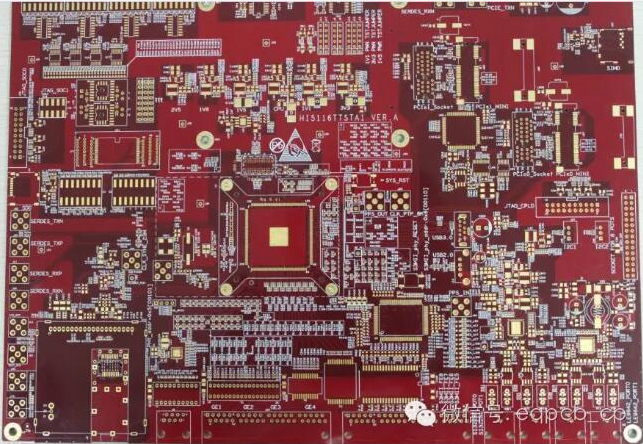After PCB processing and proofing, in order to ensure the quality of PCBA, PCBA transportation and storage must strictly abide by various operating specifications. So, what are the requirements for PCB transportation and storage conditions?
After proofing, the requirements for transportation and storage conditions:
1. Use suitable transportation
After PCBA is processed and proofed, the transportation tools should be in good condition, such as wheels, frames, etc.; abnormalities should be reported in time, and the use of "wounded" is prohibited to prevent the semi-finished products from falling or squeezing during transportation.
2. Check common tools
Before operations such as transportation tools, storage tools, and storage on workstations, clean up work, and no debris, tin dross, etc. are allowed. Avoid the damage after PCB processing and proofing caused by mutual friction.
3. Identify important information
PCB containers and tool carts for transportation and storage should be clearly marked, and product-related information should be recorded to avoid misplacement and mixing.
4. Stacking requirements
When storing on the transportation tool, in the turnover area, and in the process station, it is forbidden to directly stack between PCB, especially in the transportation, directly overlapping and placing, friction will cause damage between components.
5. Loading and unloading requirements
After PCB processing and proofing, during transportation, loading and unloading, it must be safe and orderly, and barbarous loading and unloading is prohibited.

6. Prevent falling
When storing PCBA on the transportation tool or in the turnover area, protect the surrounding area after stacking to avoid falling.
7. Prevent friction damage
During transportation, pay attention to whether the road surface is in good condition, there are obstacles, potholes and protrusions, etc., to avoid damage to the semi-finished products after the PCB proofing caused by the bumps of the vehicle. The speed of transportation must be balanced and reasonable.
8. Conversion transportation requirements
The board card transfer between the stations is carried out by means of conveyor belts or "hand-by-hand", and it is necessary to avoid overlapping and squeezing of the latter semi-finished products. It is strictly forbidden to toss during transportation and transfer.
9. Dust-proof requirements
The storage of semi-finished PCB processing and proofing products in the turnover area should ensure that the storage tools are stable and protected, and strictly limited to the specified area. The upper layer should be protected against dust and falling.
10. Stacking principle
Storage should pay attention to the stacking principles of height, weight, etc., to avoid isolated single stacks.
11. Prevent impact
Pass through the corners of the passage, the beginning and the end of the assembly line, etc., pay attention to observe other pedestrians and vehicles, and avoid accidental collisions with other vehicles and people, which may cause damage to the product.
12. Prevent squeezing
The PCB board should be separated by partitions and should not exceed the upper edge of the container to avoid squeezing.
13. Workbench selection
For a large number of unsuitable storage quantities on the work surface, suitable containers should be selected and placed around the operators for easy access by the operators.
14. Exception handling
In the event of tool abnormality during transportation, first of all, ensure the safety of personnel and belongings, and do a good job of isolation and reporting. Remember that PCB containers and tool carts for transportation and storage should be clearly marked, and product-related information should be recorded to avoid misplacement and mixing.